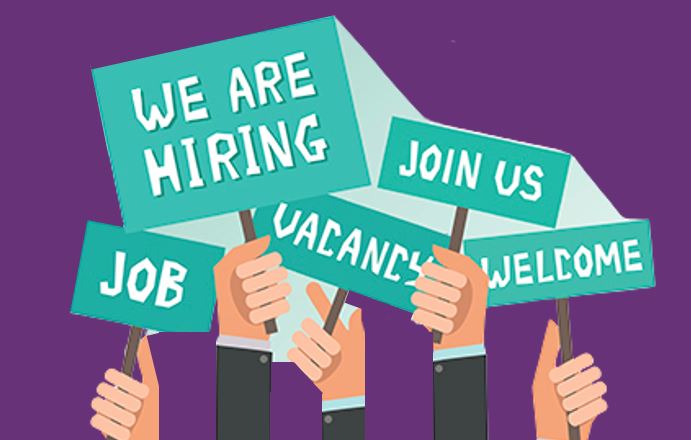
Although eligible employers may qualify for both the Canada Employment Wage Subsidy (CEWS) and CRHP, you are only eligible to claim one, however, you can choose the one that results in the greatest amount.
ELIGIBLE EMPLOYERS
An eligible employer will generally be as follows:
- is an individual;
- is a Canadian-Controlled Private Corporation;
- had a payroll account on March 15, 2020; and
- otherwise, qualifies under the current CEWS.
ELIGIBLE EMPLOYEES
An eligible employee must be employed primarily in Canada and does not include furloughed employees.
SUBSIDY AMOUNT
The CRHP subsidy is based on the incremental difference between an employer’s total eligible remuneration and that of the baseline comparison period, which is March 14, to April 10, 2021.
The maximum weekly remuneration for an eligible employee is $1,129. Weekly baseline calculations are required for non-arms-length employees and must not exceed their baseline and $1,129/week.
The hiring subsidy rates vary per period and are noted below.
SUBSIDY QUALIFICATION
To qualify, you must have a revenue decline greater than 0% for the period June 6 to July 3, 2021, and 10% thereafter.
The following table outlines each qualifying claim period, the revenue decline required, the hiring subsidy rate, the reference period for comparing revenue and the filing due date.
| Qualifying Period | Revenue Decline | Subsidy Rate | Reference Period | Filing Deadline |
June 6 to July 3 (P17) |
| 50% | May (or June) 2021 over:
| December 30, 2021 |
July 4 to July 31 (P18) |
| 50% | June (or July) 2021 over:
| January 27, 2022 |
August 1 to 28 (P19) |
| 50% | July (or August) 2021 over:
| February 24, 2022 |
August 29 to September 25 (P20) |
| 40% | August (or September) 2021 over:
| March 24, 2022 |
September 26 to October 23 (P21) |
| 30% | September (or October) 2021 over:
| April 21, 2022 |
October 24 to November 20 (P22) |
| 20% | October (or November) 2021 over:
| May 19, 2022 |
It should be noted that the reference period being used must be the same that was used on previous CEWS claims. For example, if you were using the General Approach which is the same month this year compared to the same month in 2019 (i.e. June 2021 vs. June 2019), then you can’t switch to the Alternative Approach which is the current period month compared to the average of January and February 2020 (i.e. June 2021 vs. Average January and February 2020).
EXAMPLE
 You have 3 employees during the baseline period of March 14 to April 10, 2021. Each eligible employee earns $600 per week, for a total remuneration of $7,200 for the 4 week period.
You have 3 employees during the baseline period of March 14 to April 10, 2021. Each eligible employee earns $600 per week, for a total remuneration of $7,200 for the 4 week period.
You hire two new employees in June. All 5 employees are now earning $700 per week, for a total remuneration of $14,000 for the 4 week period.
This is a difference of $6,800 ($14,000 - $7,200). If the company has a revenue decline greater than 0% during the reference period for the June 6 to July 3 qualifying period, the company is eligible for the 50% hiring subsidy of $3,400 ($6,800 x 50%).
Using the same employee wages as above but changing the qualifying period to September 26 to October 23, 2021 and at least a 10% revenue decline during the applicable reference period, the company is eligible for the 30% hiring subsidy of $2,040 ($6,800 x 30%).
***This blog is for information only and not to be used as tax advice or planning without first seeking professional advice. Information is subject to change without notice.
